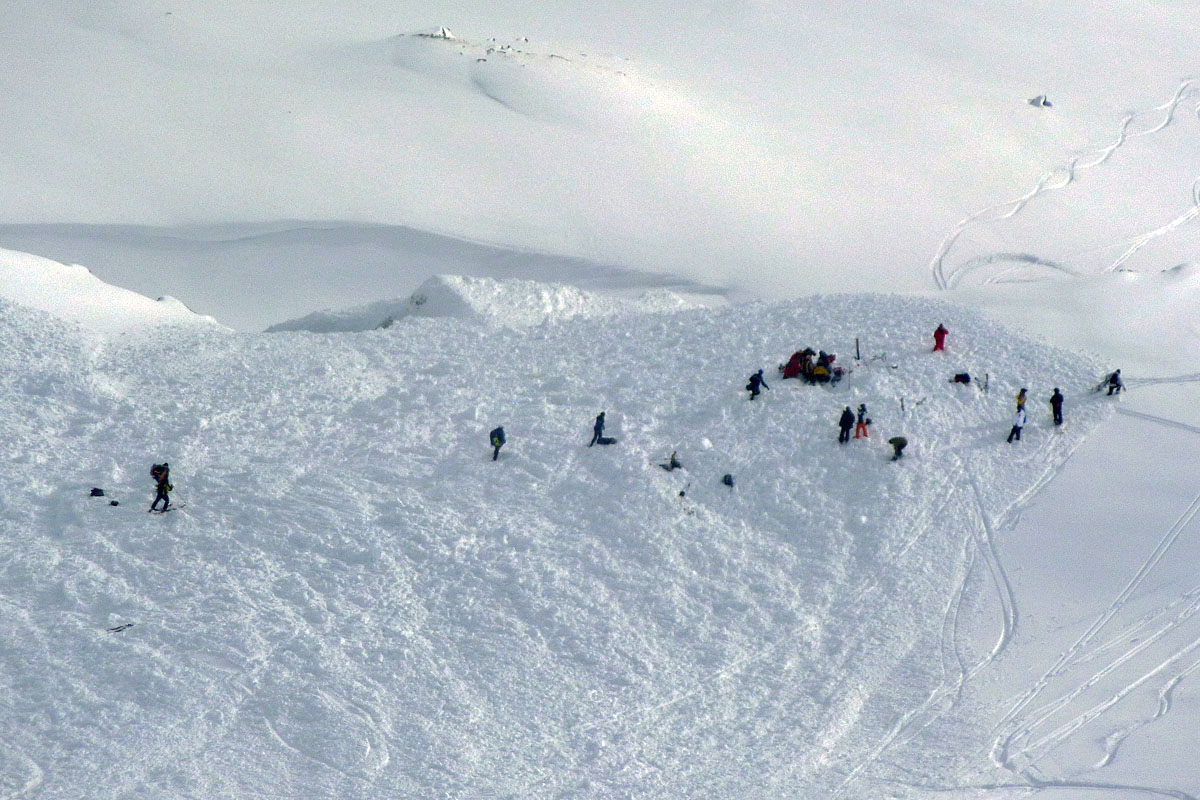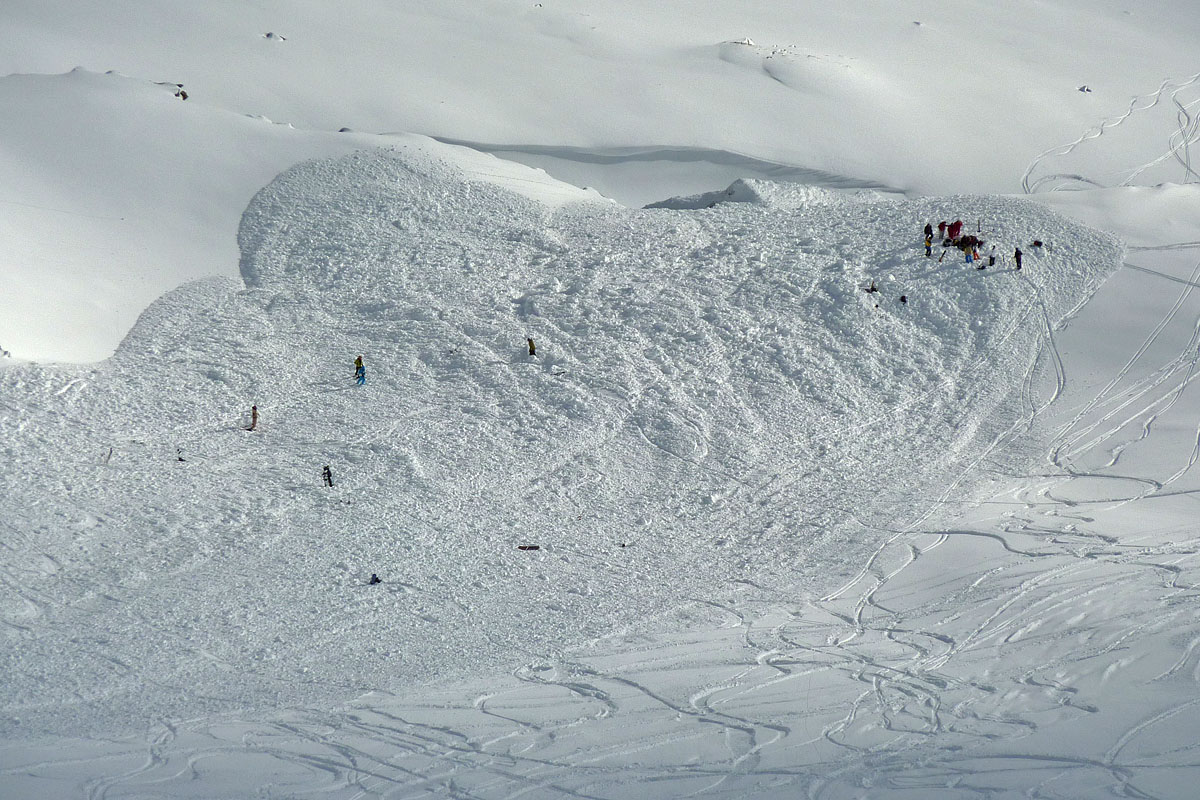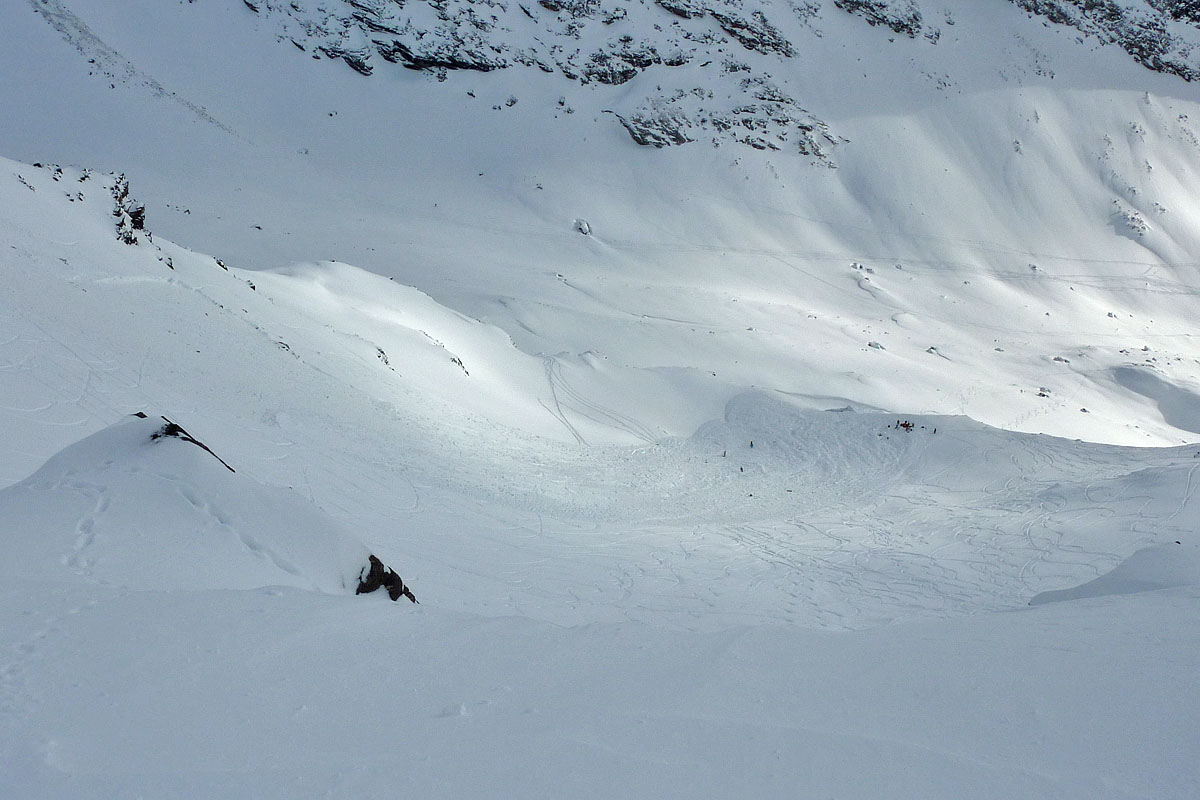(Probably not a sensible first post on this excellent site, but here goes anyway.)
It is a pity this subject (equipment and abiltiy to use it) only appears after a tragedy. Discussion is muted by respect for the dead. And the subject quickly fades away. But this can-of-worms does need to be properly sorted out. And soon.
Every day groups of skiers go off piste with probe, shovel and transceiver, and are deemed sensible for carrying this equipment. But in many (probably the majority of) cases only the Guide (if there is a guide) will know how to use the equipment. This is clearly crazy.
30 years ago it was similar in hospitals. The equipment for resuscitation was available, but few people knew how to use it. Further, the “team” was made up of disparate people who never worked together until they met for a cardiac arrest. The result was often chaos and poor outcome for the patient. This all changed in 1981 (Resuscition Council UK). Now all doctors and nurses have to have documented training that is updated at least annually.
I propose it should be similar for off-piste skiers: that just owning a probe, shovel and transceiver is not adequate. Unless you are trained in their use, and that training is redone on an annual basis, then you are not adequately equipped, and any insurance is invalid.
I suspect I may get a bit of flak for this suggestion. There was similar flak (actually, more like outrage) back in 1981 when it was suggested that not every doctor was inherently expert at cardio-pulmonary resuscitation.



